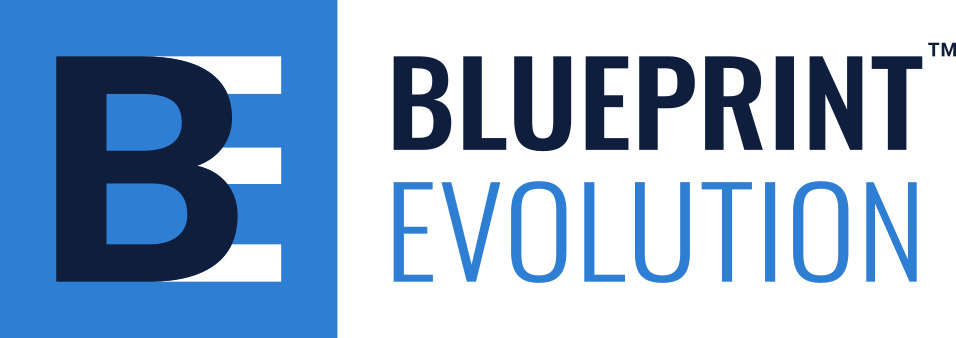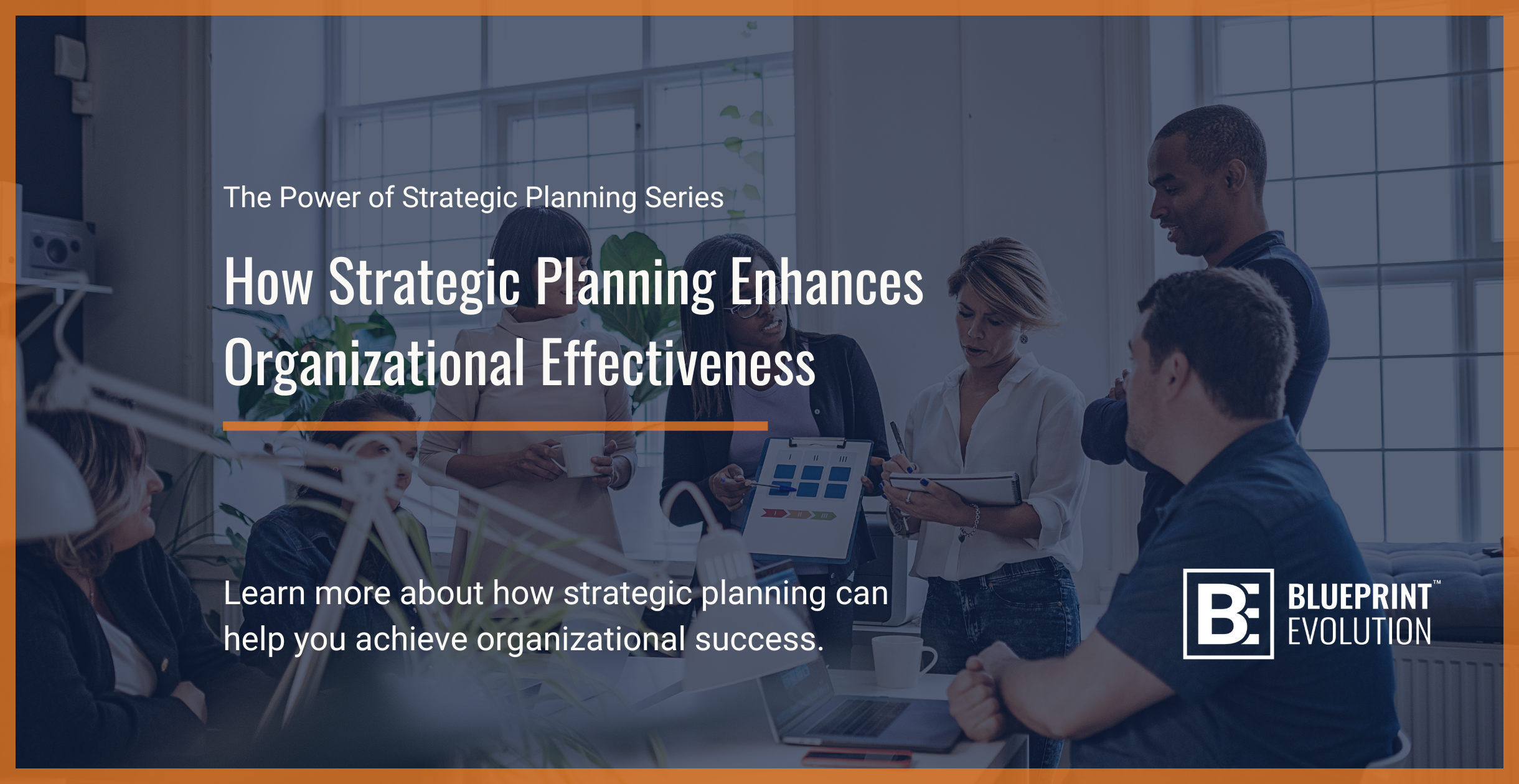Strategic planning is crucial in improving organizational effectiveness by ensuring that all efforts and resources align with the organization’s overarching goals. Organizational effectiveness is about achieving desired outcomes efficiently and sustainably while maintaining a healthy, dynamic workplace culture. With strategic planning, organizations can proactively identify areas for improvement, optimize processes, and achieve their mission more effectively.
Clear Vision and Mission Alignment
A well-crafted strategic plan starts with defining an organization’s mission, vision, and values. This alignment ensures that all employees understand the organization’s purpose and how their roles contribute to it.
For example, a nonprofit organization focused on eradicating housing insecurity might develop a strategic plan with specific, measurable objectives, such as increasing access to safe and stable housing by 20% within two years. This strategic plan would align with the organization’s mission and values, ensuring that every department and individual understands how their efforts contribute to the broader goal. The plan would also outline clear actions, timelines, and resources needed to achieve these objectives. It would serve as a cohesive guide to help the organization work effectively toward its vision of lasting change.
Furthermore, this alignment cultivates employees’ strong sense of purpose and motivation. When individuals understand how their contributions directly support the organization’s larger goals, it often leads to increased engagement and higher morale.
Organizations that clearly communicate their mission and objectives and integrate them into daily operations are more likely to retain top talent and foster innovation. This cultural alignment strengthens the organization’s competitive advantage, enhances its reputation, and supports achieving long-term goals.
Process Optimization
Strategic planning can significantly enhance an organization’s internal processes by identifying inefficiencies and offering optimization solutions. A standard tool for this is the SWOT analysis (Strengths, Weaknesses, Opportunities, and Threats), which helps organizations assess their current capabilities and pinpoint areas needing improvement.
For example, in a manufacturing company, a SWOT analysis might reveal that outdated technology is slowing production, resulting in inefficiencies, higher operational costs, and delays. As part of the strategic plan, the company might invest in state-of-the-art machinery to modernize the production line, ensuring faster and more precise manufacturing processes and lowering operational costs in the long run.
Additionally, the strategic plan would likely include employee training programs to enhance technical skills, ensuring the workforce can operate the new technology effectively. This ensures a smoother transition and maximizes the effectiveness of the investment.
By implementing these solutions, the company could improve overall output, reduce maintenance costs associated with aging equipment, and enhance product quality. As a result, the company could boost profitability, maintain a competitive edge, and increase customer satisfaction through more reliable delivery times and cost-effective production.
Process optimization through strategic planning also extends to resource allocation. Organizations can identify areas where resources are underutilized or misaligned and redistribute them to maximize efficiency. This proactive approach ensures that resources such as time, finances, and human capital are invested in high-impact initiatives, driving overall effectiveness.
Adaptability to Change
A strategic plan equips organizations with the foresight and flexibility to respond effectively to market shifts and emerging challenges. For example, during the COVID-19 pandemic, organizations with well-developed and adaptable strategic plans could pivot quickly to remote work and digital operations. These organizations often had contingency plans, digital infrastructure, and agile leadership, allowing them to maintain productivity and continuity while others struggled to adapt. Being proactive and responsive to unexpected disruptions is a key advantage of strategic planning.
Strategic planning encourages a culture of continuous improvement by helping organizations identify and address performance gaps, set measurable goals, and evaluate their progress over time. This iterative process allows organizations to adapt to changing conditions, adopt new technologies, and refine their strategies based on real-time data and feedback.
For example, a retail chain implementing an omnichannel strategy could use its strategic plan to experiment with new customer-facing technologies, analyze customer behavior across different platforms, and adjust its approach to meet customer needs better. Through this cycle of testing, feedback, and refinement, organizations can stay responsive to market shifts and customer expectations.
By emphasizing clarity, process optimization, and adaptability, strategic planning empowers organizations to remain competitive and responsive to emerging opportunities, ensuring they can navigate complex business environments and innovate ahead of competitors.
For organizations looking to enhance their strategic planning efforts, consultants offer invaluable expertise and support, transforming ideas into actionable strategies. Whether launching a new initiative, entering a new market, or addressing internal inefficiencies, strategic planning is the roadmap that turns vision into reality. Start planning strategically today to achieve more tremendous success tomorrow. To learn more about our strategic planning resources and solutions, click here.







